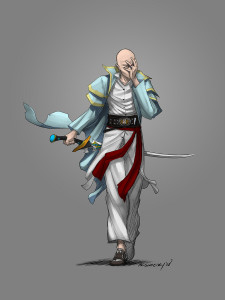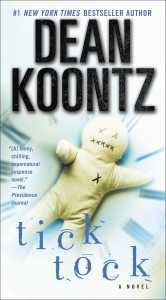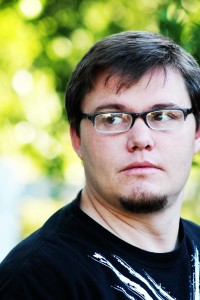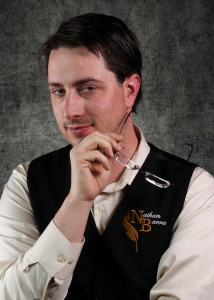Here on The Fictorians, we’ve been talking conflict all month—internal, external, character vs …, writer vs…, but we haven’t yet talked about romance. Time to change that. Now, I’m a Fantasy guy, both as a reader and a writer. The reading came first, of course. I started with Tolkien, Brooks, Hickman, McKiernan, and Eddings back in the day, gobbling up epic tales of elves and dwarves and dragons, magic and mysticism, and good versus evil on a planetary scale. Man, I loved that stuff. Still do, actually.
Over the years I’ve read a gazillion books, but the stories that stick with me, the ones that hold a piece of my soul, are those that not only satisfied my need for the magic, but also spoke to my heart. I love stories that explore the spark, the attraction, between two characters. A strong romantic storyline, carefully fed and nurtured, can turn a good story into a magnificent tale that brushes against the reader’s soul.
And what writer doesn’t strive for that each and every time he puts words to paper?
I’m not talking about writing a Romance novel, but a sci-fi/fantasy story with romantic elements. There’s a big difference between the two. A novel classified as romance is subject to what I call the “Three Laws of Romance”:
- The Law of the HEA – the story must have a “happily ever after” ending.
- The Law of Astronomical Odds – the odds against the characters realizingtheir HEA must be so astronomical, the reader cannot possibly foresee how they could ever get together.
- The Law of Forever Apart – keep the budding lovers apart for as long as possible. Once they get together, the story is over.
These three laws constitute an emotional contract between the Romance writer and the reader. Before reading the first word, a reader has their story-level expectations set. She buys into the formula and looks to lose herself in the unique twists and turns the author takes to reach that HEA.
Once a writer drops the “big R”, introducing a romantic subplot off the main sword and sorcery epic, the laws vanish. Anything goes. As a writer, this is where I live. I’m a lawbreaker, a rebel.
Badges? I don’t need no stinkin’ badges.
Let’s talk about developing the romantic conflict. For writers who consider planning/outlining a four-letter word, the romantic storyline is something that develops organically, something that the characters “feel” while the words flow from the writer’s brain to his fingertips.
But I’m a hard-core plotter. I have to know what to do when or I’ll leave something out. In the early stages, while developing each primary character’s internal and external conflicts, I consider a third type—the romantic conflict. Which characters will fall in love, or like, or lust, depending on the needs of the story? How will it happen? Will it have a HEA? When will it happen? Writing in a land with no “Big R” laws, I can do whatever I want. I can string the reader along, plying her with stolen goblin kisses behind the ale casks and furtive cyclopean smiles from the high window in the wizard’s tower, only to have one of the characters turned into a coconut in the last chapter. While that might add a kick to a refreshing adult beverage, being turned into a fuzzy, hard-shelled fruit wreaks havoc upon a budding relationship.
That’s a mean example, but makes my point. Being a romantic, I would never do that to my readers without a significant amount of foreshadowing to cushion the blow. I want the guy to get the girl, or the elf to get the elf maid, or the whatever creature to get the blue whatsit. The key here is to consider adding that dash of romantic conflict to any plot.
Romance, love, attraction, they are all inherent in the human, or quasi human, condition. Fully resolved characters will encounter this at some point in their existence. Embrace it. Develop it. Write it. Give the story the added spark.

 Evan Braun is an author and editor who has been writing books for the last two decades. He is the author of The Watchers Chronicle, whose third volume, The Law of Radiance, is forthcoming this spring. He specializes in hard science fiction and lives in the vicinity of Winnipeg, Manitoba.
Evan Braun is an author and editor who has been writing books for the last two decades. He is the author of The Watchers Chronicle, whose third volume, The Law of Radiance, is forthcoming this spring. He specializes in hard science fiction and lives in the vicinity of Winnipeg, Manitoba.


